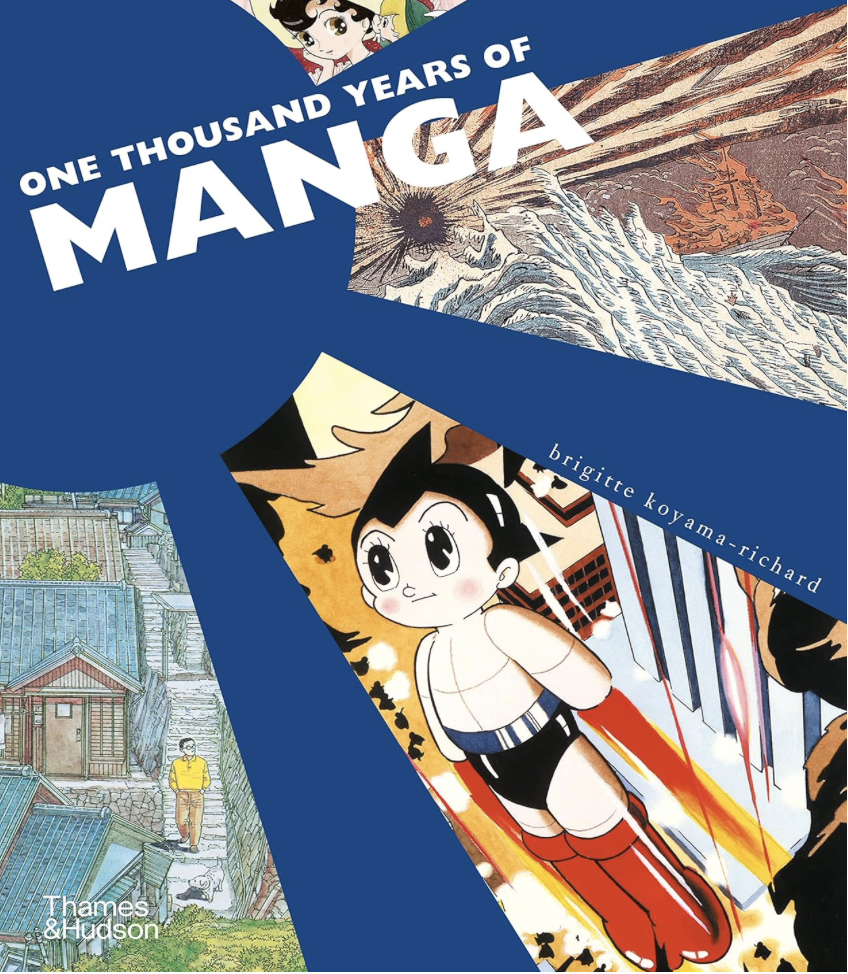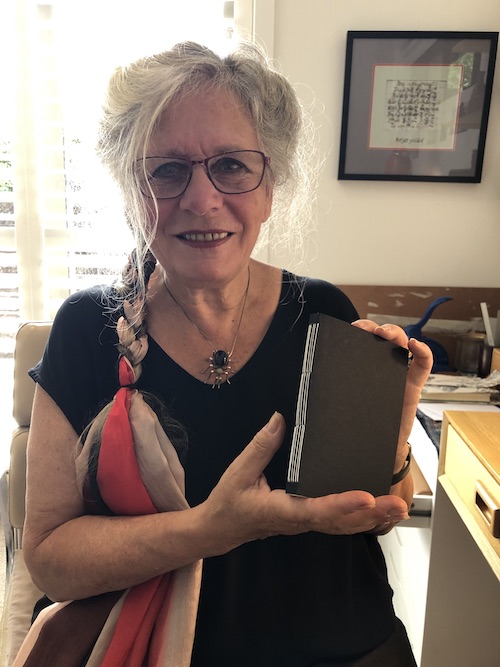
Chapter 7 of The Knowledge Gene looks at art through the analysis of the skills so hugely enhanced by the knowledge gene, NF1. It is a topic which is driving one of the major projects in my ongoing research.
The wonderful book, One Thousand Years of Manga, tells of the sequence from Chinese handscrolls to Japanese handscrolls, then on to manga, as coined by the Japanese artist Hokusai (famous for the Wave) and to the many associated contemporary, immensely popular, manga.
In The Knowledge Gene, I take the thousand year sequence back to 40,000 year-old Chinese rock art through to today’s script and art. And I show that this is a universal pattern – the same sequence can be seen the world over. This is to be expected as art for knowledge sake is biologically driven.
I am currently exploring ways to incorporate the cognitive benefits from lots of different versions of these art forms in my new art practice as well as in education. So much to do – and so much fun!
I am being taught bookbinding, with the goal of producing art books which encode knowledge in much more entertaining and memorable ways than a text book. I also have dreams of creating beautiful narrative scrolls. The ultimate dream is multiple narrative scrolls based on a single spine. The photo shows me with my first and only handmade book. OK, I have a long way to go.

In exploring these ideas, I started looking at graphic novels – something I had not even skimmed in the past. And I am intrigued by the way good artists can draw so much out of the format that words alone cannot convey.

I adore the two Sapiens: a graphic history books.The more I study the graphics, the more I see in the narrative and the cleverness of the combination of art and words. This is not illustration, but a totally integrated format. The way characters are used is superb.
I am now on the hunt for more factual narrative graphic formats.